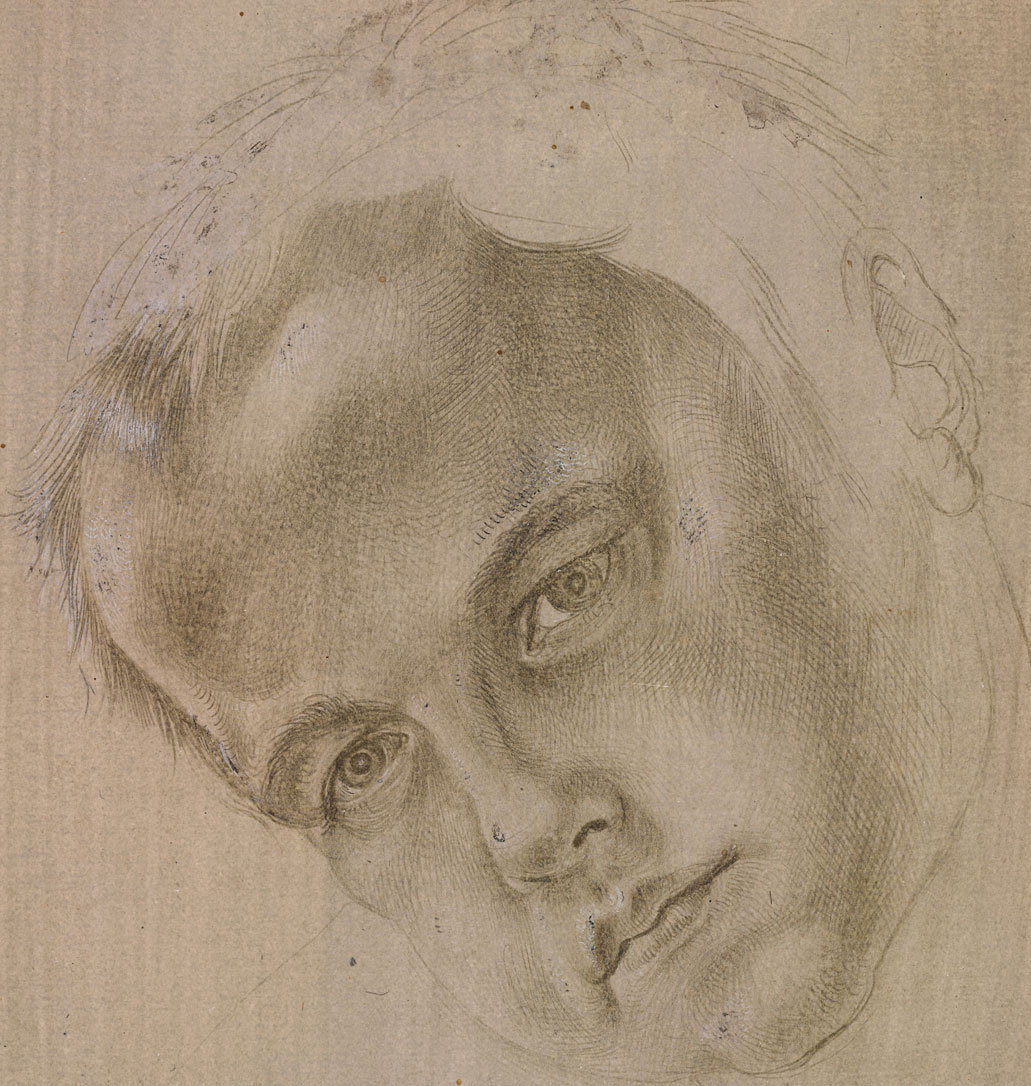Metalpoint Drawing through the Centuries
Note: dimensions are given in inches, followed by centimeters in parentheses. Height precedes width.
German and Swiss Renaissance, c. 1500–1520s
Silverpoint activity peaked in Germany in the early sixteenth century, possibly inspired by familiarity with the work of Netherlandish draftsmen. Hans Holbein the Elder (c. 1465 – 1524), whose sensitive portrait studies date from the earliest decades of the century, was one of the most prolific metal- point artists of all time. He sometimes enhanced his silverpoint drawings with chalk or ink.
A striking number of surviving german Renaissance metalpoint drawings are pages from silverpoint sketchbooks, which appealed particularly to travelers. albrecht Dürer (1471 – 1528) took a sketchbook with him on his 1520 – 1521 trip to the Netherlands and used it to record his impressions of the people and places he encountered. although Dürer’s sketchbook drawings are made entirely with silverpoint, he also made more elaborate drawings that combine the medium with white heightening.









